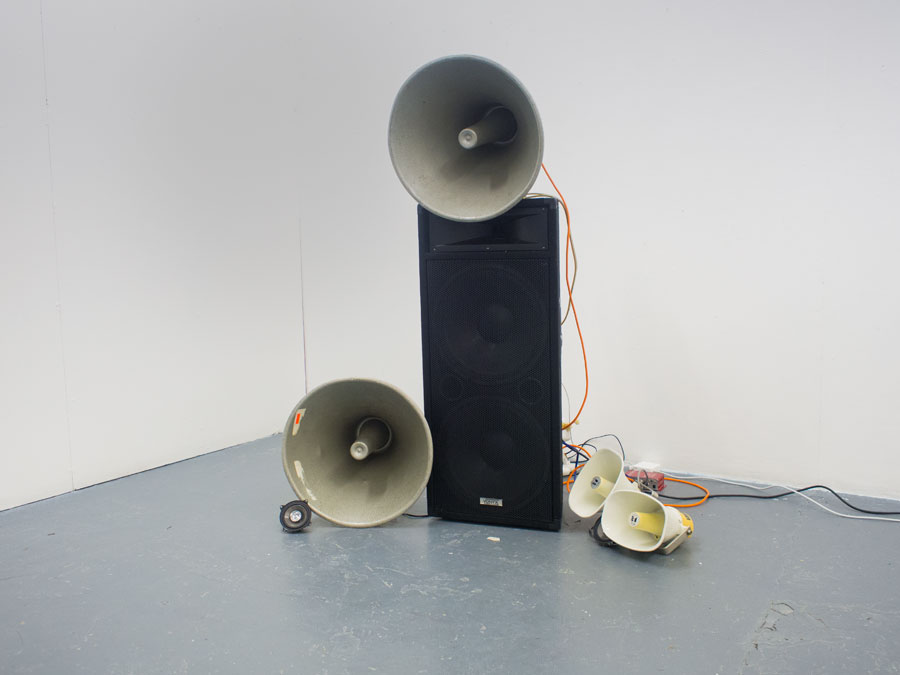MA Art & Science
“ SCIENCE NEED NOT BE THE ENEMY OF ART, BUT NEITHER SHOULD IT BE THE MASTER .”
Over the past twenty years a large number of significant international artists have emerged whose work engages with science in diverse and varied ways. These artists respond critically, politically, and aesthetically to new insights and techniques in science, such as the development of the MRI scanner in the 1970s, which revolutionised our understanding of the nature of consciousness and the broader human condition. They have often collaborated with scientists through undertaking residencies in scientific or medical institutions; this has become a hallmark of their practice. However these artists’ work is not intended to be simply illustrative of the scientific activities and techniques, rather it tackles and responds to some of the most urgent and challenging philosophical conundra that contemporary science has thrown at us. These collaborations, and the accompanying exchanges of ideas, have resulted in the production of many forms of exciting and seminal work. While the relationship between art and science is a longstanding one – both in terms of the development of new techniques used in the making of work and new insights into how we understand the world – what marks out the novelty of these contemporary collaborations is a rejection of the polarisation of art and science as distinct and opposing disciplines who have nothing meaningful to say to each other. Artists have pioneered this extremely innovative interdisciplinary approach to research and ideas, which has now been taken up by many academic institutions and research bodies. The MA Art and Science at Central Saint Martins has emerged from such collaborative developments and is at the forefront of this new interdisciplinary academic practice. From my experience of teaching on this cutting-edge course, the variety of students’ disciplinary backgrounds has been particularly exciting; this diversity has functioned as a catalyst for generating new and unexpected perspectives regarding the relationship between art and science. The group dynamic of this year’s graduating MA students has been energetic and intellectually challenging. The show presents work that is thought provoking and, at times, surprising, and is a tribute to the talent and curiosity of the students, and also to those who have embraced this interdisciplinary way of working by establishing and developing this course. The emergent work challenges us to address the crucial questions about the distinctiveness of art and science by breaking down problematic disciplinary boundaries and making creative work from the heart of this intersection.
-
Aleksandra Borys
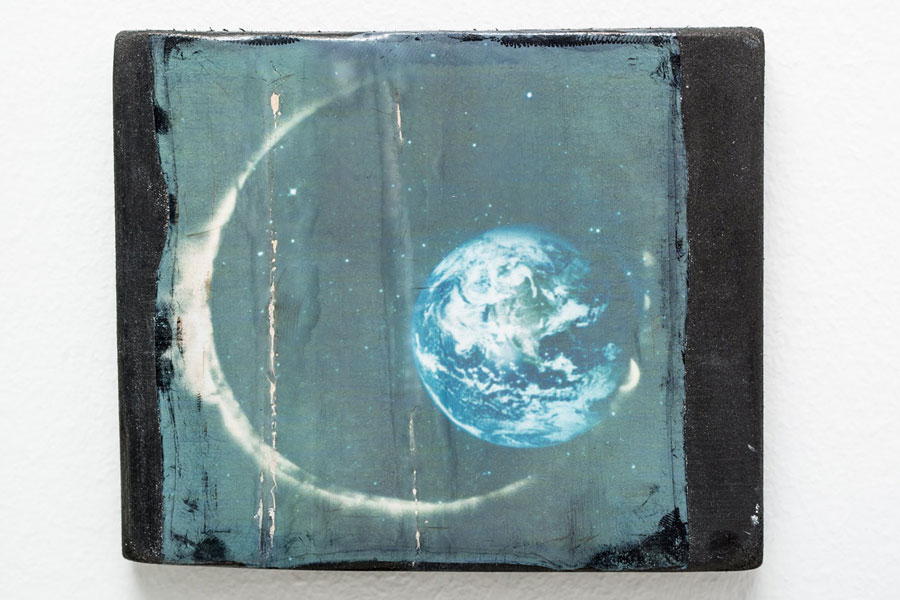
-
Lorraine Clarke
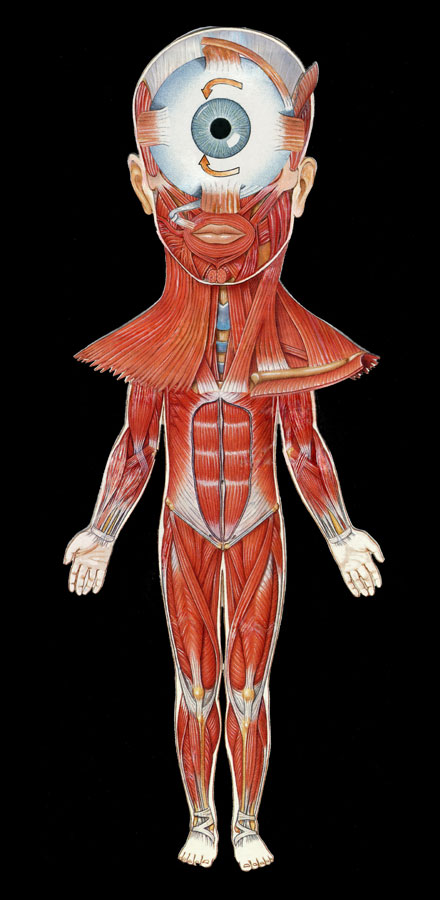
-
Julius Colwyn
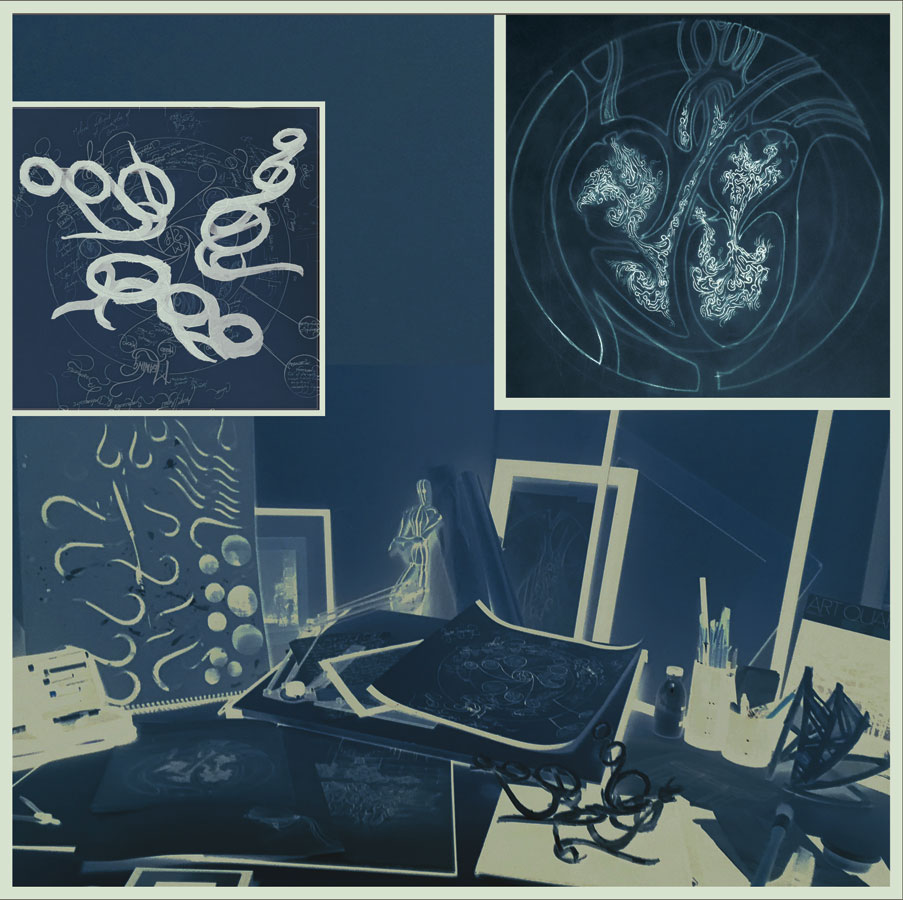
-
Sarah Craske
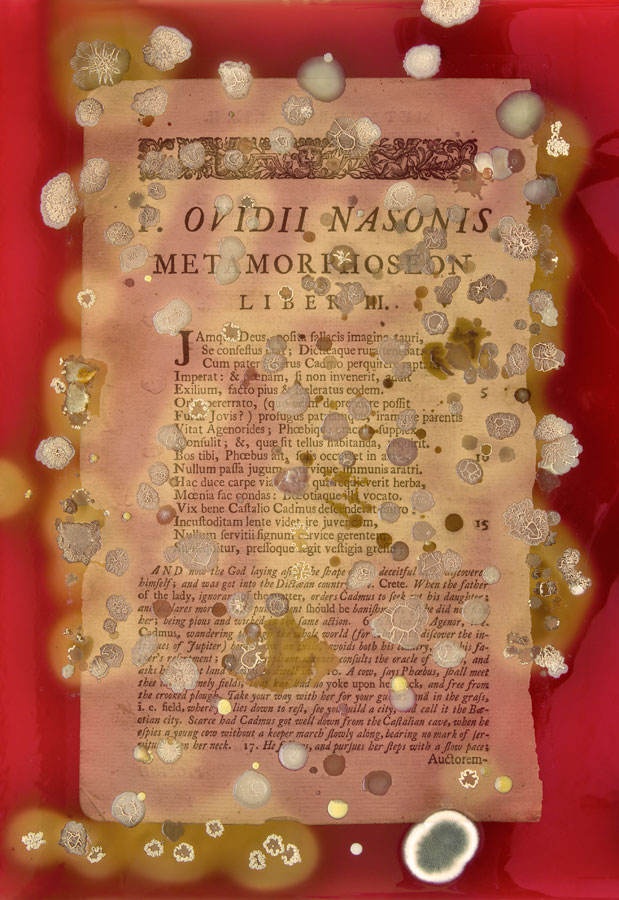
-
Lucy Crowder
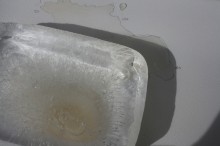
-
Mellissa Fisher
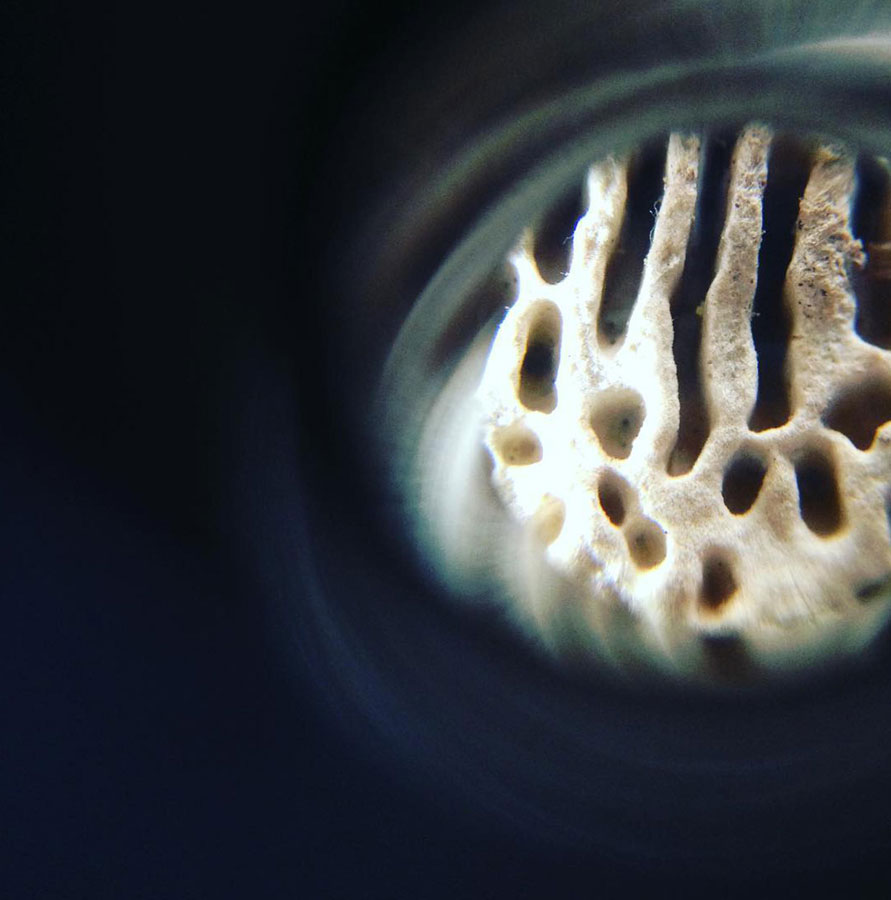
-
Stephanie Herbert
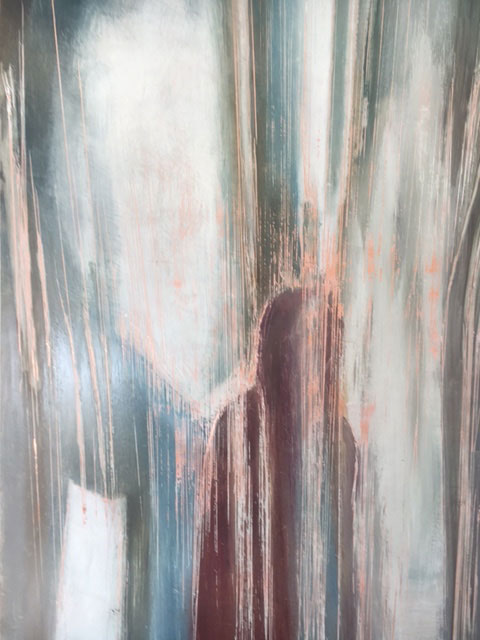
-
Mandy Hreus
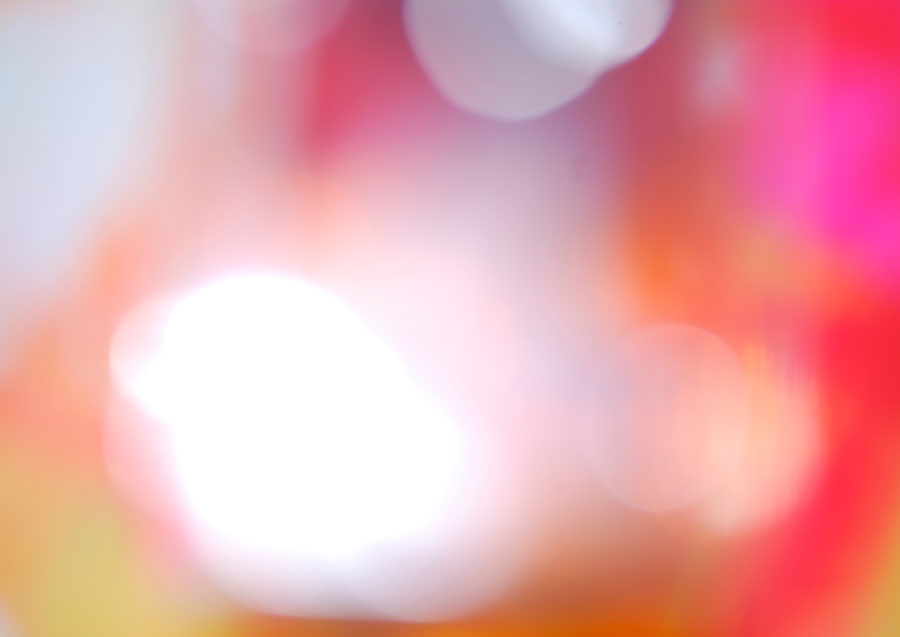
-
Keun Wook Ji
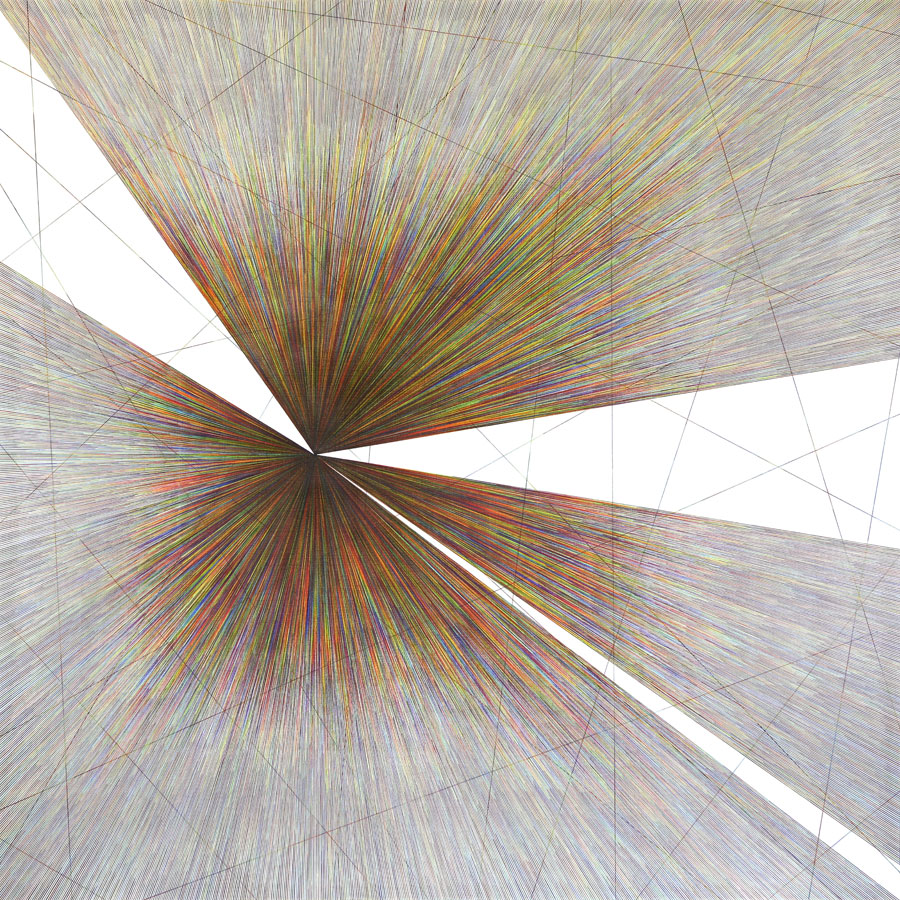
-
Silvia Krupinska
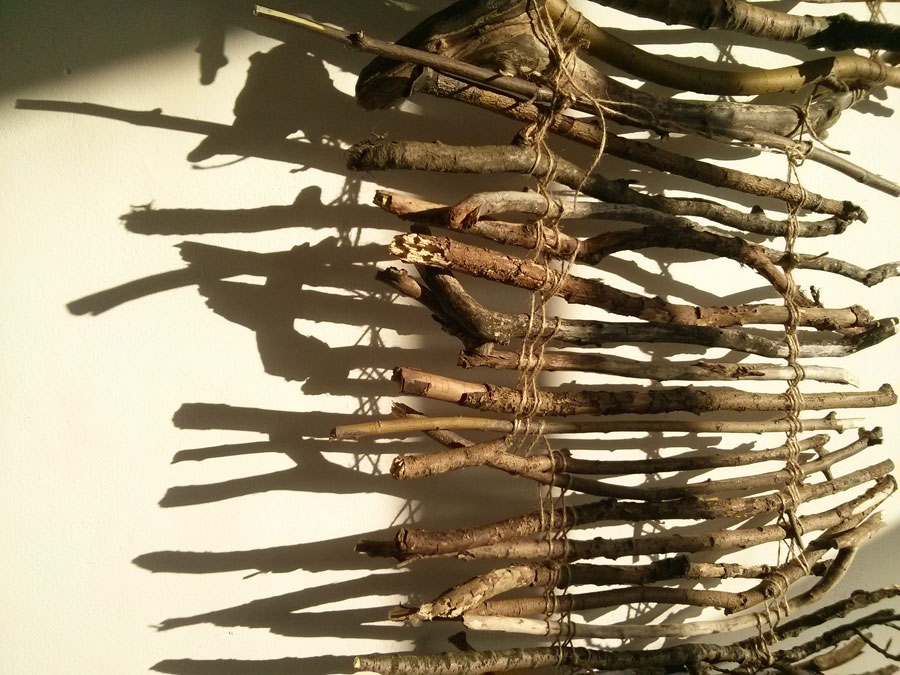
-
Peiwen Li
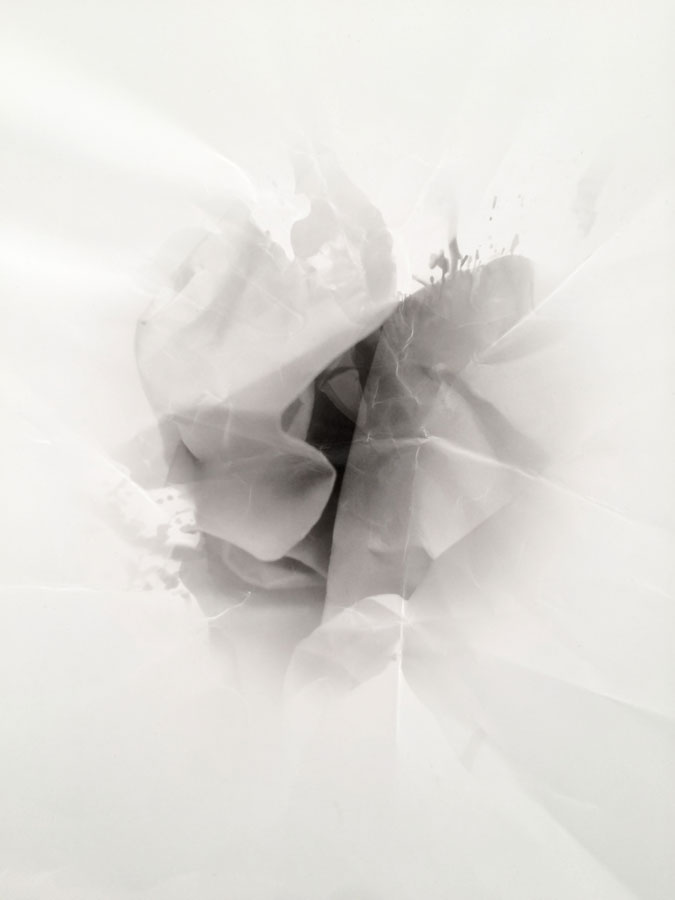
-
Mary Helen Mack
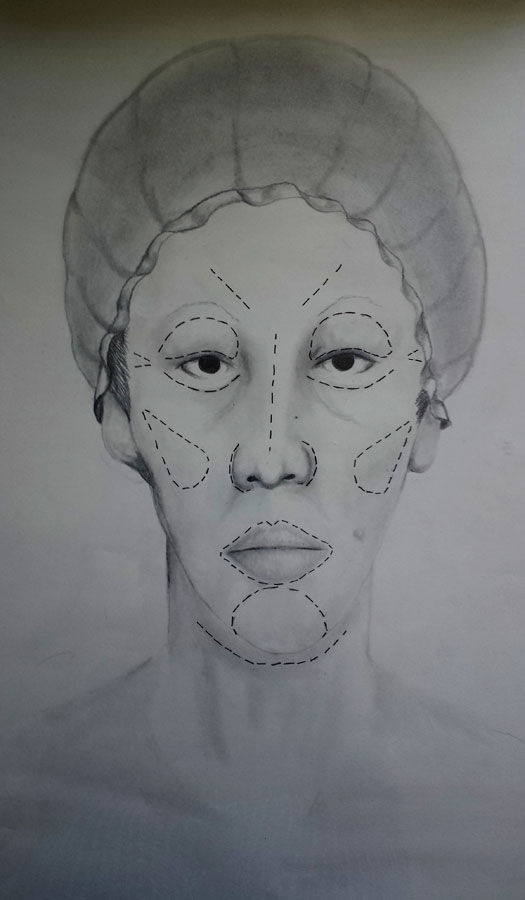
-
Marta Pinilla
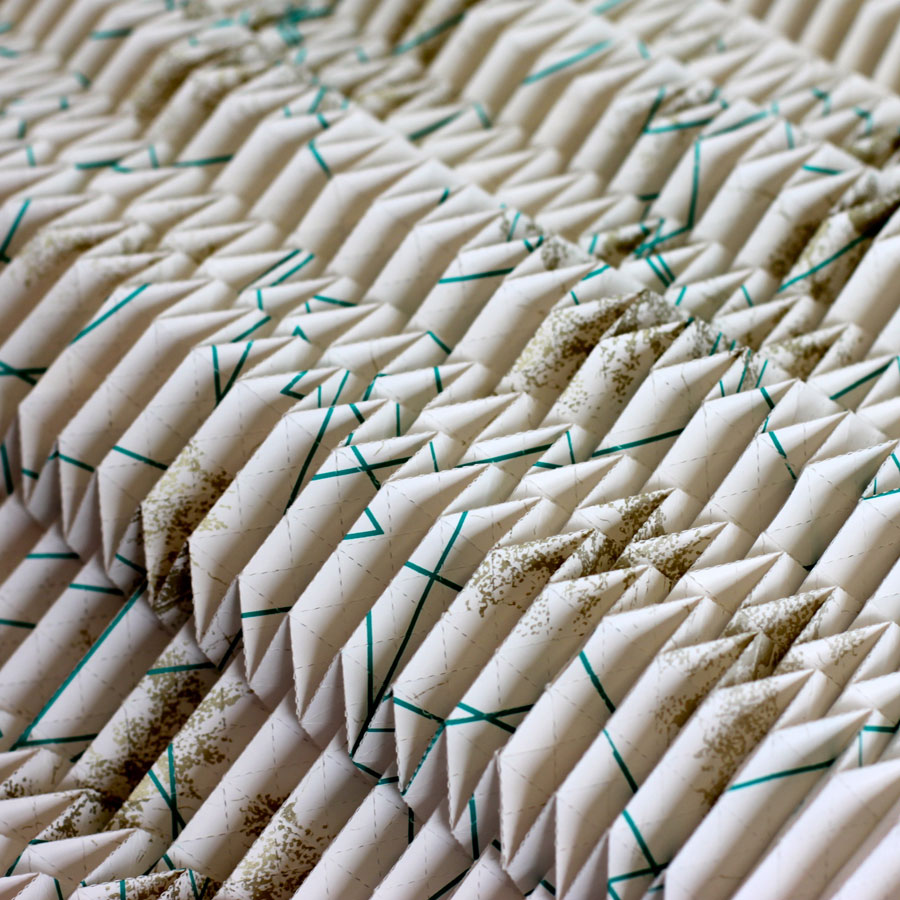
-
Grace Stokes
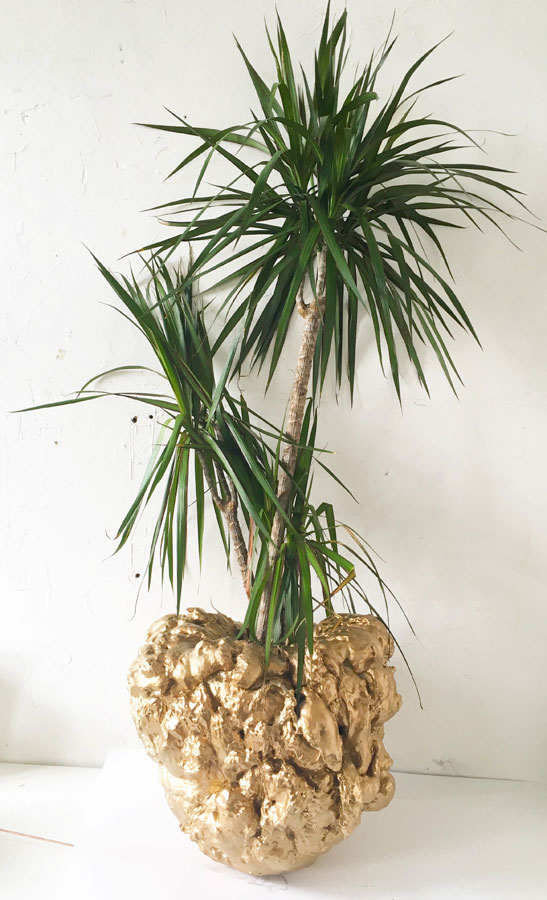
-
Jana Valencic
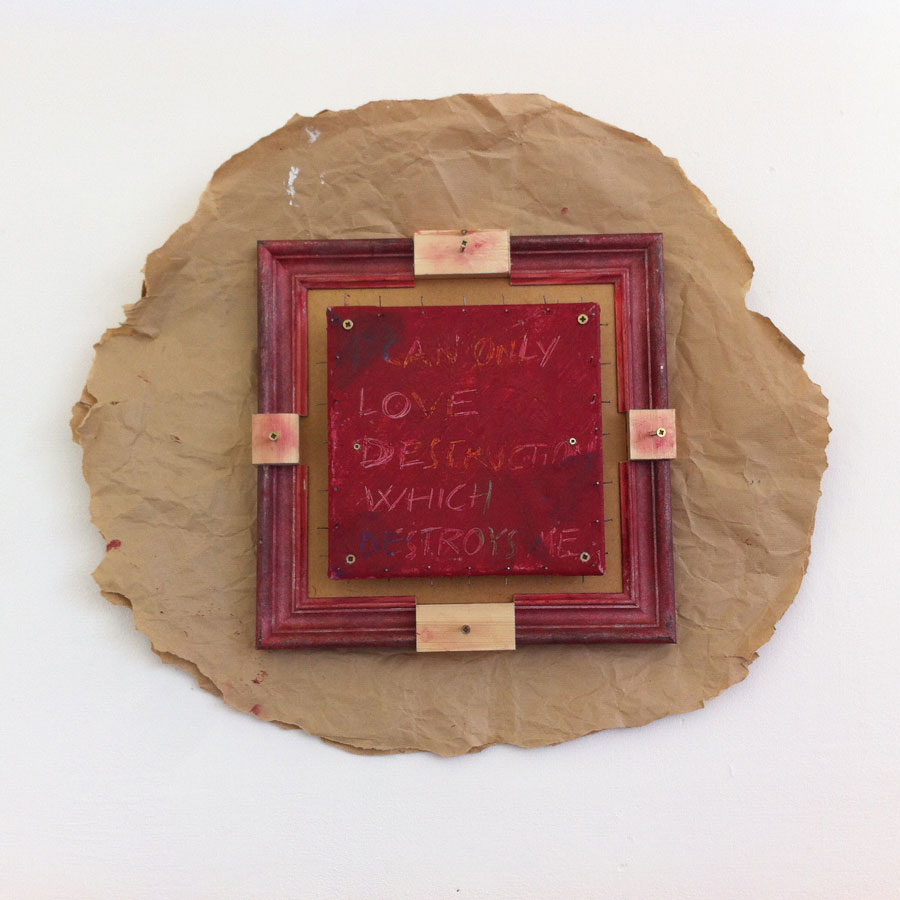
-
Mira Varg

-
Jenny Walsh
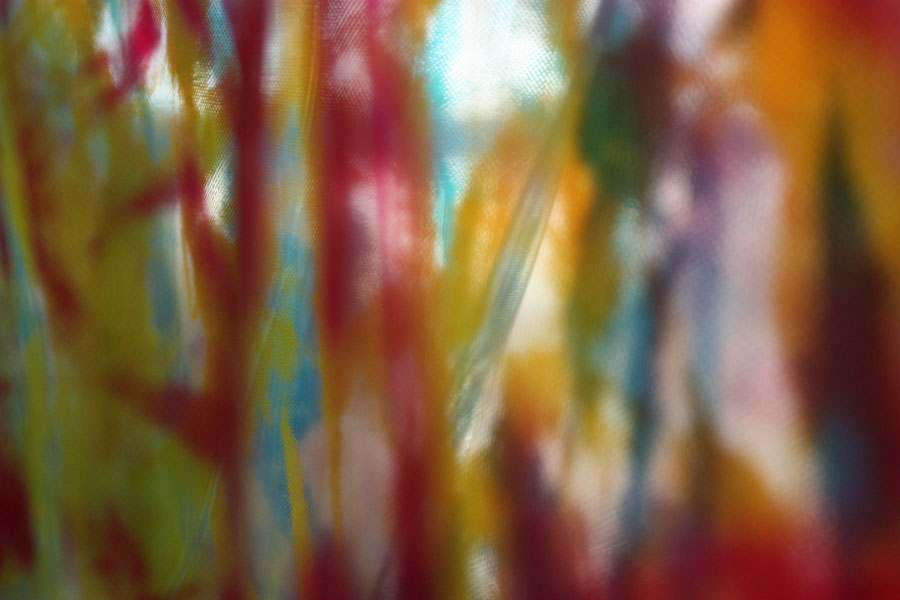
-
Charlotte Whiston

-
Stephanie Wong

MA Fine Art
One of my first ever lectures was titled “About About”, and as I write this I am “about” to prepare a lecture titled “Everything I Don’t Know About Photography”. These two titles perhaps illustrate the fact that, to me, art education is not necessarily “about” the production or dissemination of knowledge. Rather art education is, primarily, a specialized milieu within which a diversity of practitioners and participants with varying perspectives, skills and experiences, exchange ideas, speculate upon and create possibilities. Artists create new possibilities by keeping art itself in question rather than reifying its identity, purpose, or outcomes as any form of instrumental, commodifiable or clearly “useful” knowledge. It is only by being permanently vigilant, and never complacent, even about the language used to describe and discuss art, that art can be kept in question and possibilities kept “in play”. Of course the very word “art” is itself held in question and in suspense by this approach. Bringing two or more grammatical modes of the term “about” into proximity in the title “About About” above, both enables and promotes a refusal to decide upon which of the terms is the object of the other. Is the first “about” referring to the second, or vice versa? Their contiguity, their contingency and their tautology makes them “play about” and leaves them, and their relationship undecided and indeterminate. Any meaning that thus results from such a play must then be an event, not a fixed, knowable and reified structure but encountered differently on each occasion. Importantly, and perhaps profoundly, the lesson we learn from this tautological experiment may be applicable to all language. The artist, the writer, the artist who writes and the writer who “arts” never ceases to vigilantly maintain this playfulness in language. Meanwhile, and for the artist especially perhaps, “language” is more than words. Everyone who has ever made any kind of wordplay (every child does this); anyone who has decoded the wordplay in an advertisement or appreciated the wordplay in a joke is also embroiled in this constant disruption. We cannot call this play, this vigilance, this disruption “knowledge” or even the product of knowledge. Rather this disruption, play and vigilance is an undeniable and ineradicable function of language, its lifeblood, its means of keeping itself alive, healthy and renewed. I made another play (above) when I wrote “…the writer who arts…”. In such a case we sometimes add inverted commas to the word, like little handles that render it provisional, as if awaiting its next move into or out of our sentence, into or out of language. In this particular case I also suggest that “art” appear, no longer as a noun describing a discipline, but as a verb describing an act. Art is not necessarily a thing, and thing-hood may be the death of play, the death of all that we need to keep in flux. As I said at the outset, it is keeping “things” in play that produces possibility, and without possibility we might despair. Better then to apply this rule to the language we used to refer to art itself, perhaps considering “art” as a verb. Henceforth we might say “Let’s art” (as in “Let’s Dance”), or perhaps “To art or not to art” (aping Shakespeare), both of which might thus become viable and grammatical enunciations. To play with language is always to refuse “knowledge” and thus to refuse authority, and perhaps this is what makes us laugh, as laughter appears to go hand-inhand with the refusal of authority. To laugh is to refuse. To laugh is to be free, sovereign, even if only momentarily (we might, after all, laugh defiantly in the face of our executioner). It is somehow comic to bring “things” (reifications, knowledge, authority etc.) into question. To question authority is to transgress, and transgression allows us to risk, to test, to judge for ourselves in a lawless realm of speculation we might call “the beyond”. As inexperienced children we are lawless and thus regularly corrected, “brought into line”. But a child is, by definition perhaps, also uneducated and thus invites our sympathy, tolerance and lenience. We might then describe such a child as “Beyond Good and Evil”, as Nietzsche titled one of his books. N.B. Not just beyond “good” but also beyond “evil”, and beyond any such binary opposition too, occupying only a “beyond”, a place or placelessness that is itself beyond words, beyond morals and more (even beyond beyond… perhaps?). As art is always active, acting, never a thing, never known, it might be more appropriate for art to be a verb. Art is, in this way, like Nietzsche’s assertion, always “beyond”. To “art” then is not to create a thing but to cultivate this very “beyond”. Once again our grammar (that which makes us comprehendible to one another) creaks under the pressure of our insistence upon invention. However, Nietzsche bequeathed us another thought, also crafted in words, and also relevant to this brief meditation. He writes: “I am afraid we are not rid of God because we still have faith in grammar”. The death of God is an event heralding our modernity as no longer superstitious, but as knowledgeable, rational, scientific and secular beings. However, Nietzsche noted that even the phrase “death of God”, and even the linguistic attributes of “God” as a noun, are caught up within the rule of a possibly greater god, the “god of grammar”. Grammar was one of the “Seven Liberal Arts” that determined the highest level of classical education. Grammar survived as one of the three crucial aspects of the “Triumvirate” informing medieval scholarship and went on to form a central part of Renaissance learning, and the modern curriculum too. Today, children (at our better schools at least) continue to be indoctrinated with grammar that allows them to articulate, express and negotiate their way as social beings and coherent contributors to a shared world. However, as we have already implied, there are “grammars” other than the grammar of words. e.g. Owen Jones, the Victorian designer and theorist of design produced a famous “Grammar of Ornament” (before ornament was deemed a “crime” by modernism.) As artists, we might then wish to consider every kind of grammar, while reflecting on the implications of Nietzsche’s deconstructive assertions. To play with language is to defy the god of grammar and to thus be heroic, even laughing in the face of all such risk and danger. For the artist, “language” and “grammar” might refer to any material, any process or form that we use or encounter – not just words. In this regard Nietzsche’s assertion may appear to be one “lesson” that every artist needs to learn and “know”, by rote and by heart if necessary, if only then to make a personal or collective decision as to whether it should be revered and preserved as “knowledge”, or launched, as soon as possible, back into play.
-
Kristaps Ancans

-
J. V. Aranda
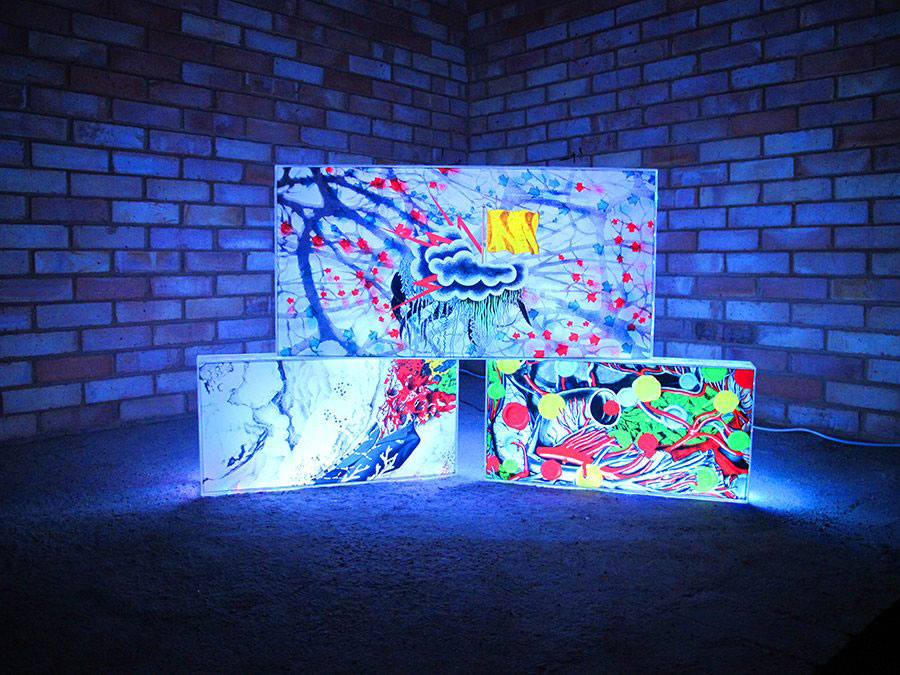
-
Iman Awadh
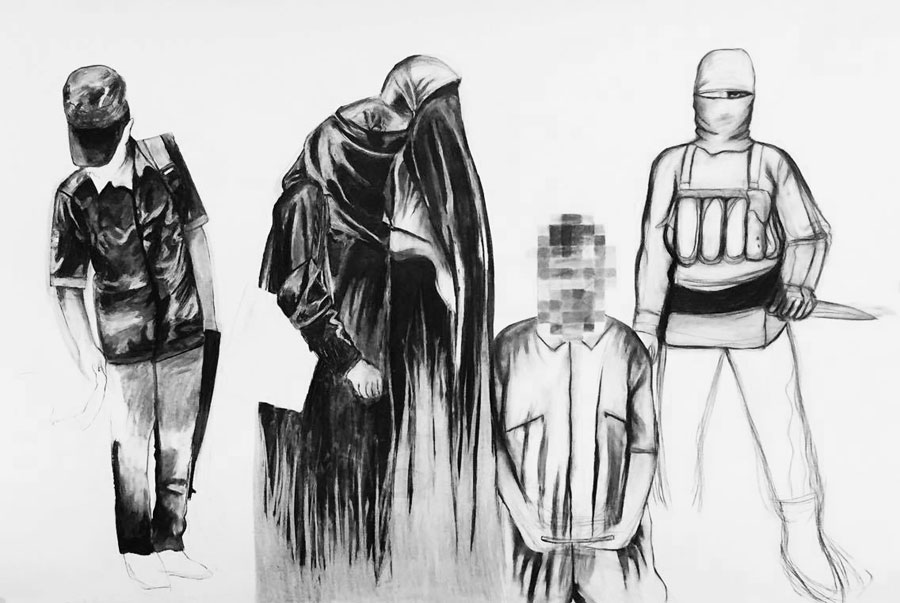
-
David Bethell
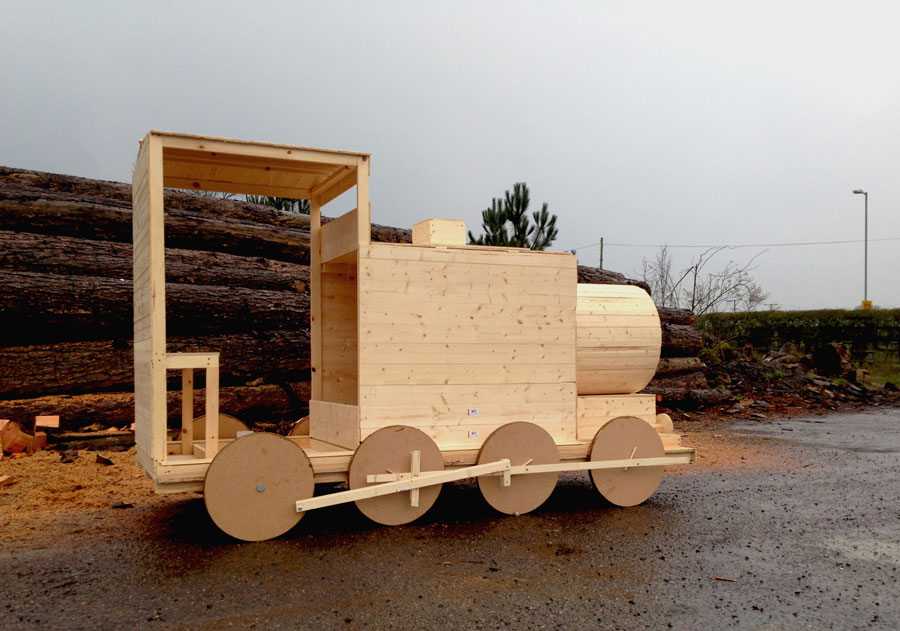
-
Rolina Blok
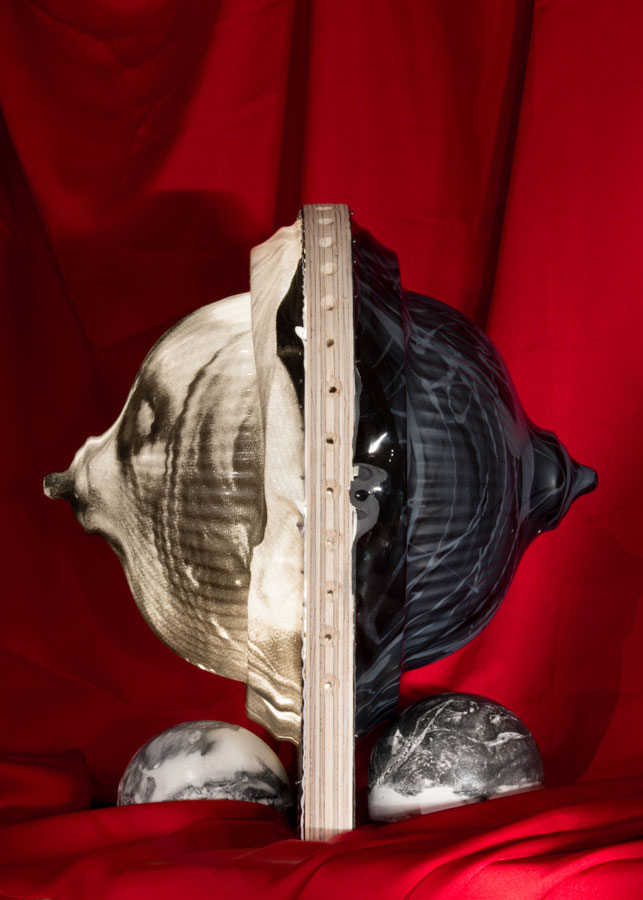
-
Mustafa Boga
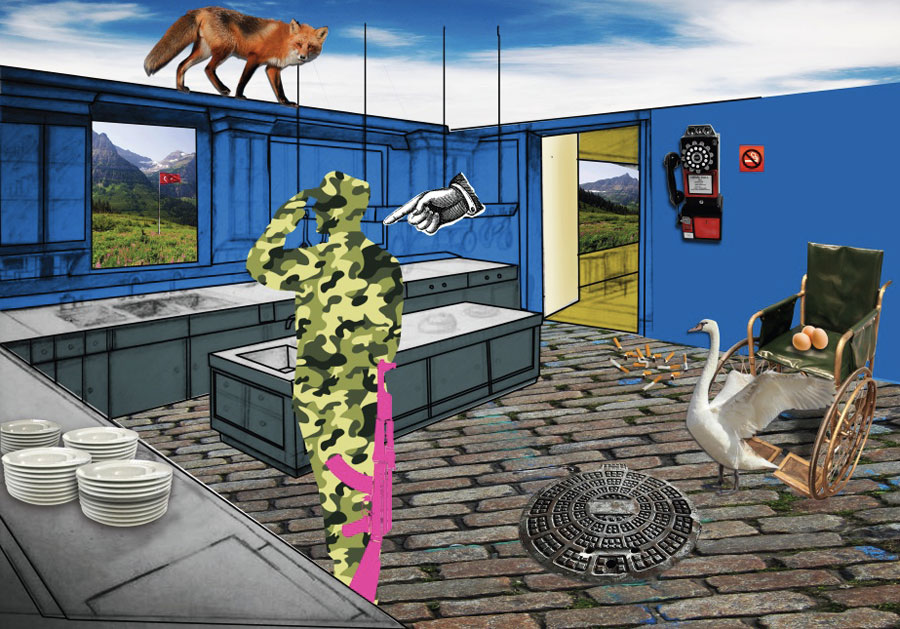
-
Lise Bouissiere

-
Catarina Cubelo
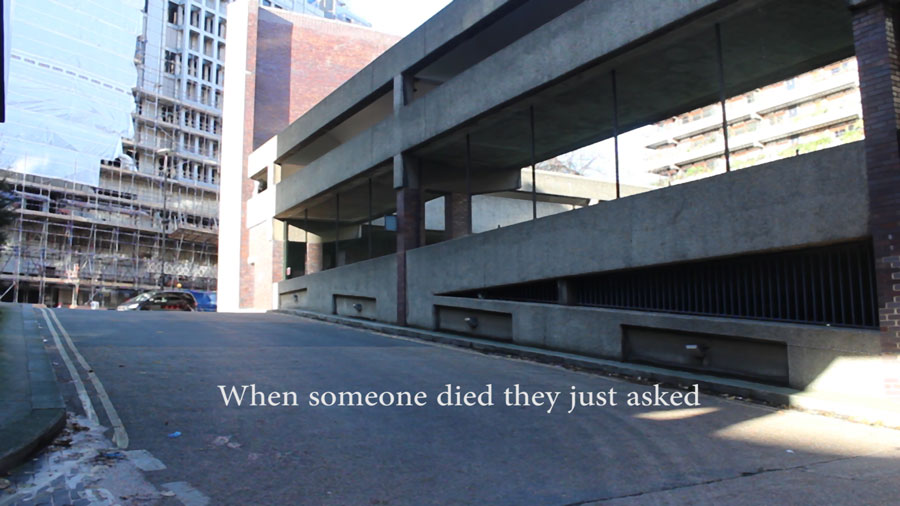
-
Alex Dipple
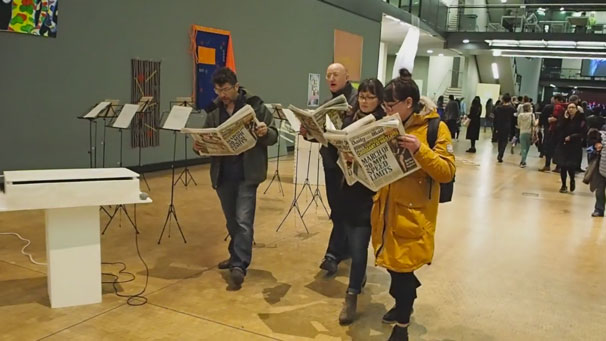
-
Alice Kemp

-
Roshanak Khakban
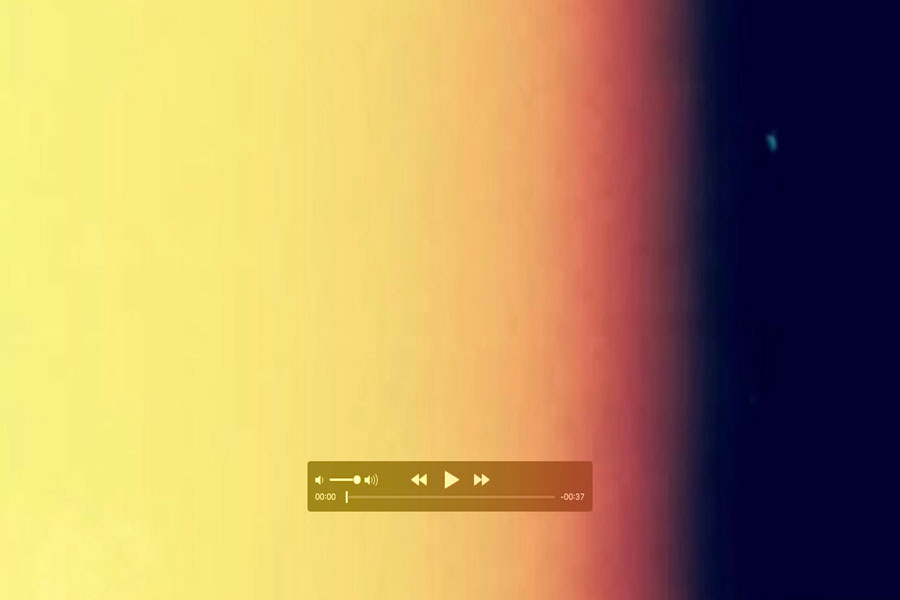
-
Yuichiro Kikuma

-
Camille Leherpeur
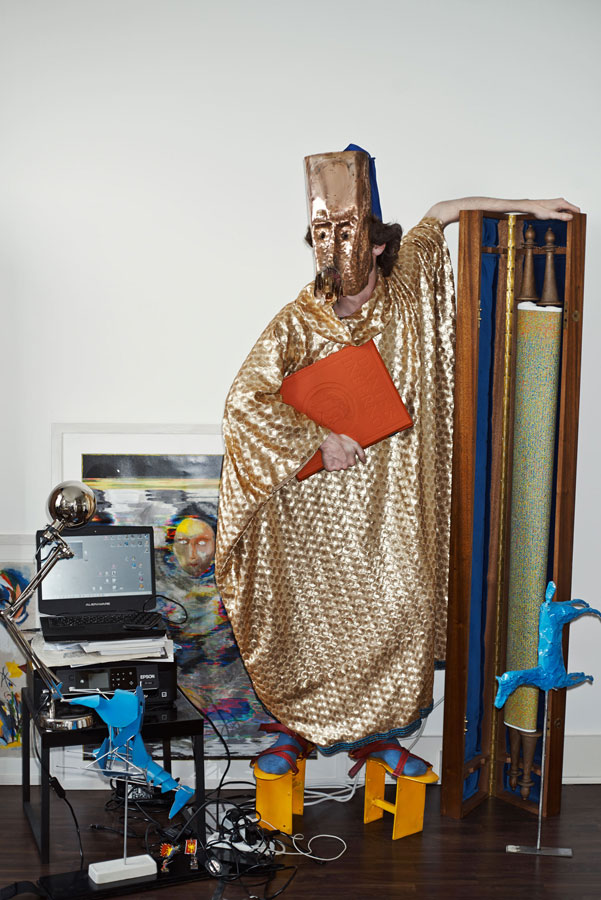
-
Nicola Lorini
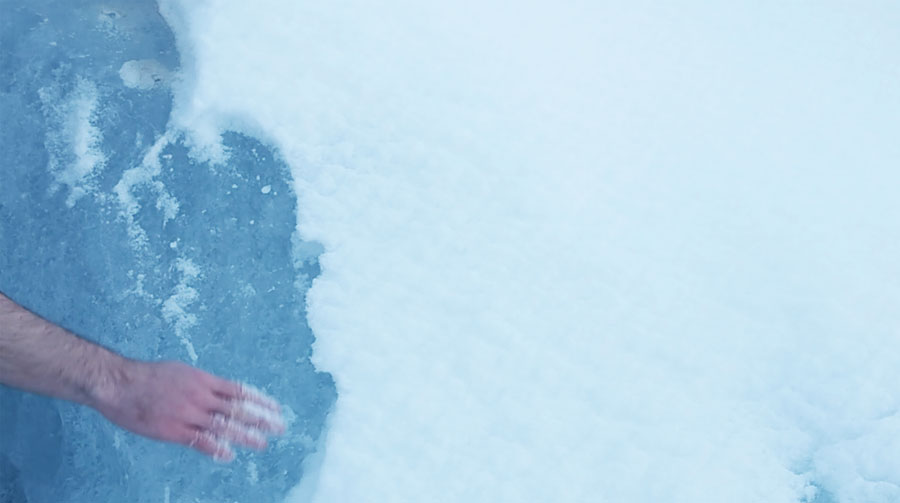
-
Jérémie Magar
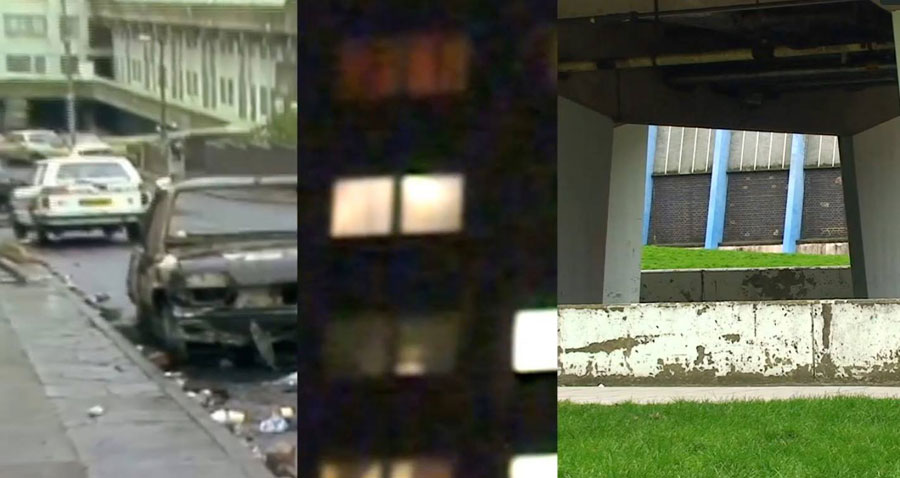
-
Alisha Mir
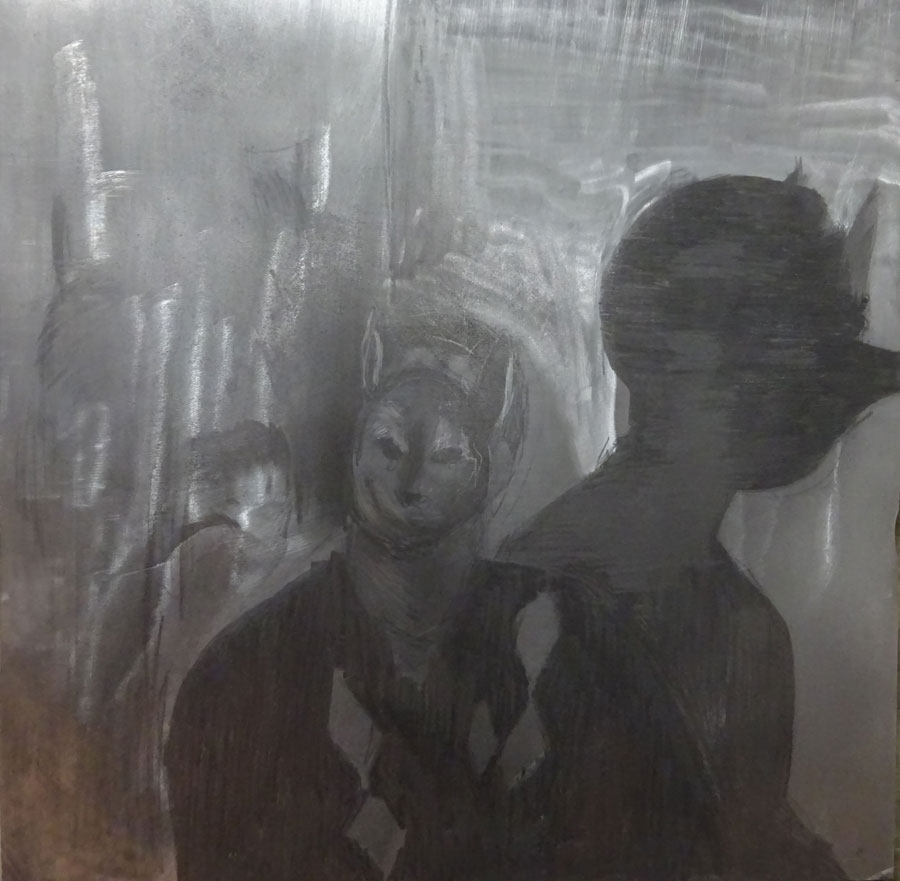
-
Galina Munroe
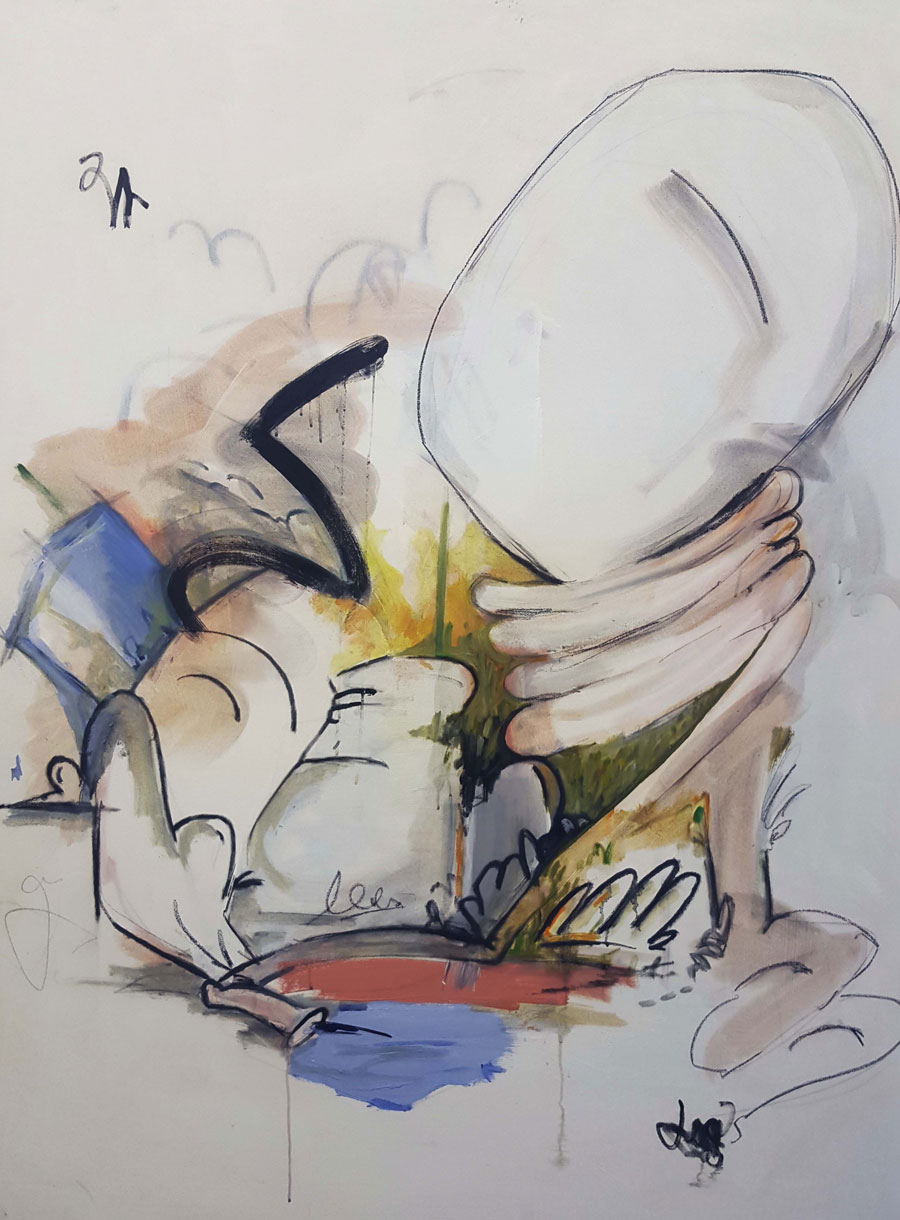
-
Jasmeet Singh

-
Subash Thebe
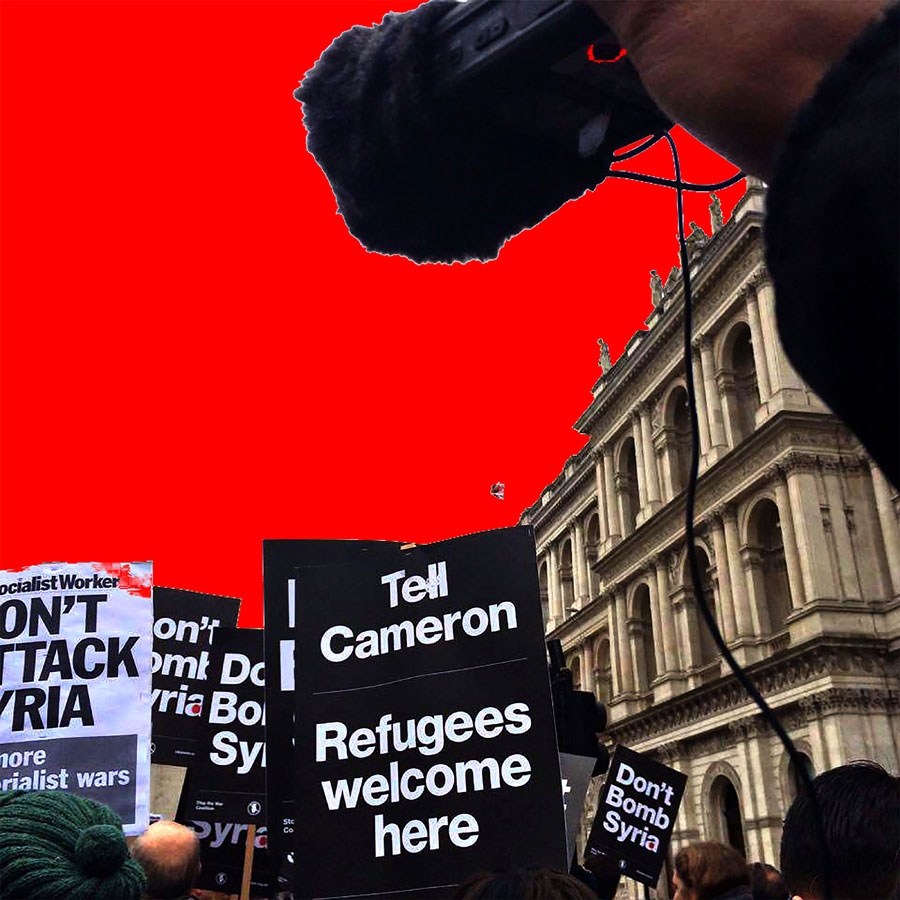
-
Will Thorburn
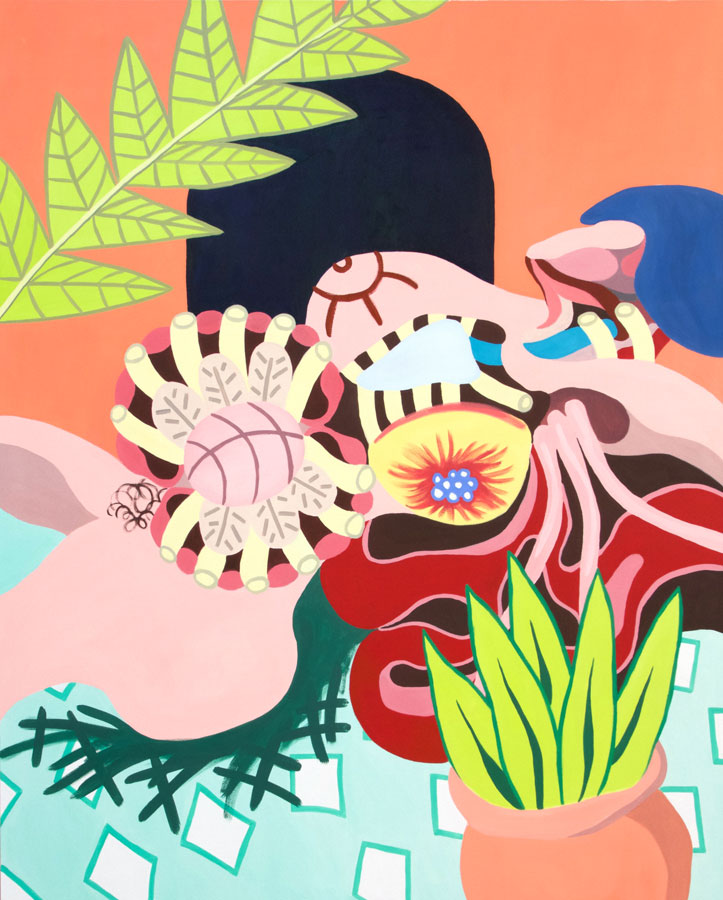
-
Christelle Viviers
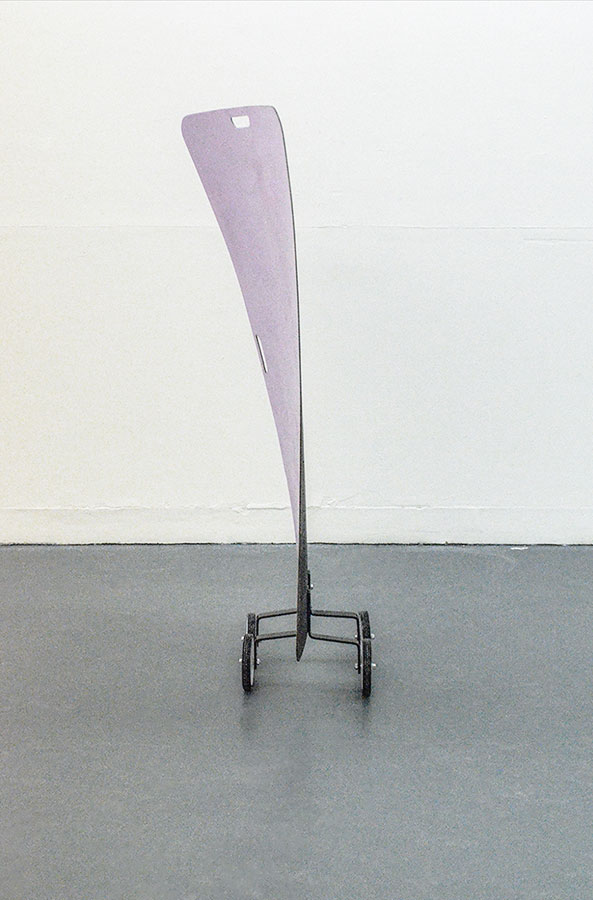
-
Eva Wilkinson

MA Photography
The MA Photography situates photography as plural and trans disciplinary encompassing at its core, contemporary visual arts practices, aesthetics and logics. The deep integration of theory and practice offers a world-class supportive environment in which to explore photography as both a grammar and cultural form of expression that interlaces fine art, technology, philosophy, politics alongside new media (electronic, digital) and older technologies (analogue, archival). Opportunities to research photography as a central component of discursive practices within the arts, the sciences and the construction of personal identities within or across social media, provide students with tools to work in fields related to artistic production and the extended creative industries. Philosophy of the visual image and the understanding of photography as a melting pot of political, aesthetic and social concepts are embedded throughout the course. Specific emphasis is placed on exploring new media and post-internet as the language of contemporary art practice. Exhibiting forms one of the core pedagogical tools. Experimental forms of exhibition are taking place throughout the course on a number of levels, including exhibiting on handheld devices, TV screens, sitespecific installations, publication and performances. Unlike many other photography courses, this course is not committed to one notion of what photography is or to one form of media specific practice. Instead the course aims to provide students with the tools to locate their own practice within a broad range of contemporary visual art forms.
-
Victoria Batt
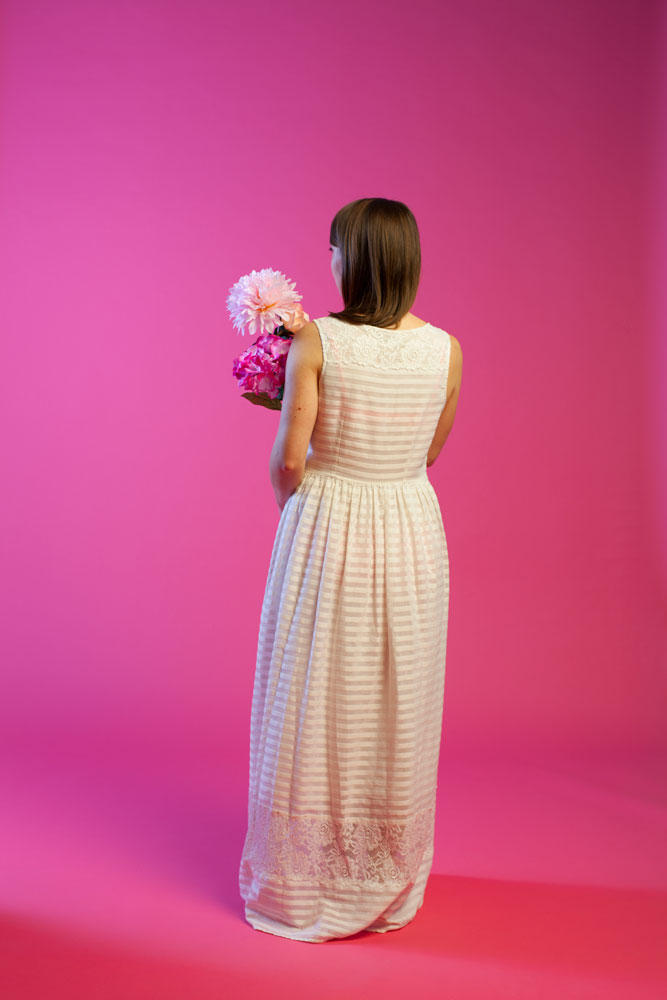
-
Aurelie Berry
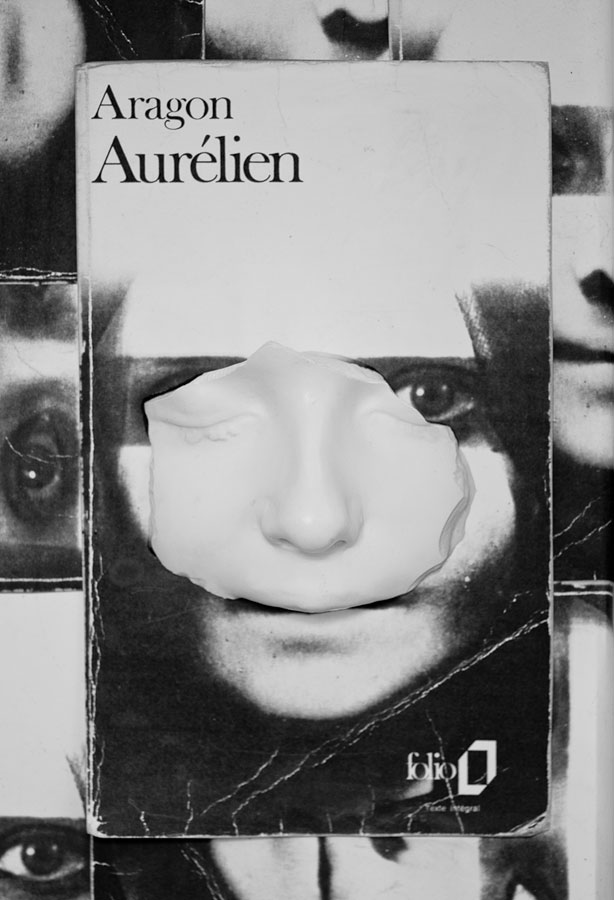
-
Ilayda Bilgin
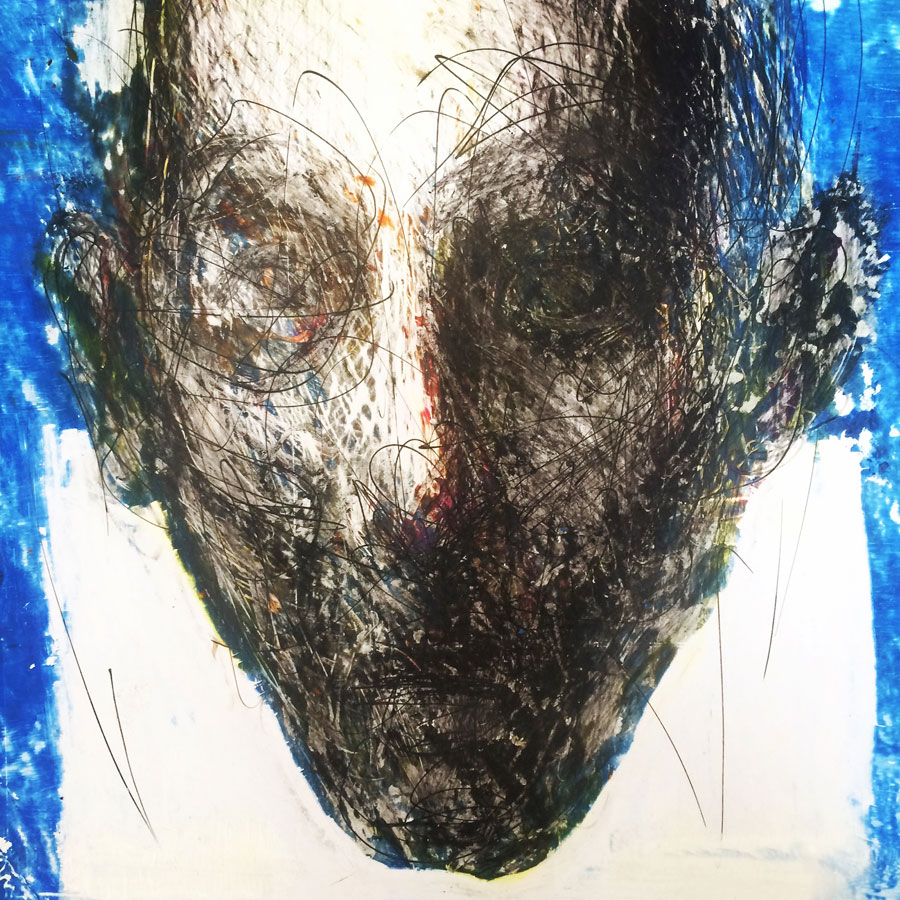
-
Mariya Bilyan
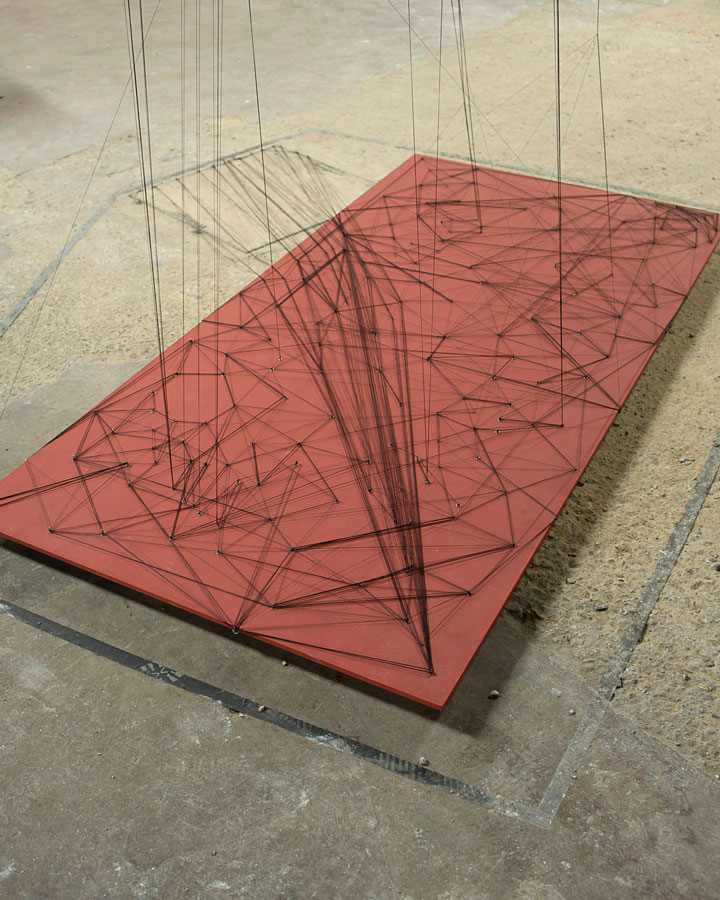
-
Sara Boscioni
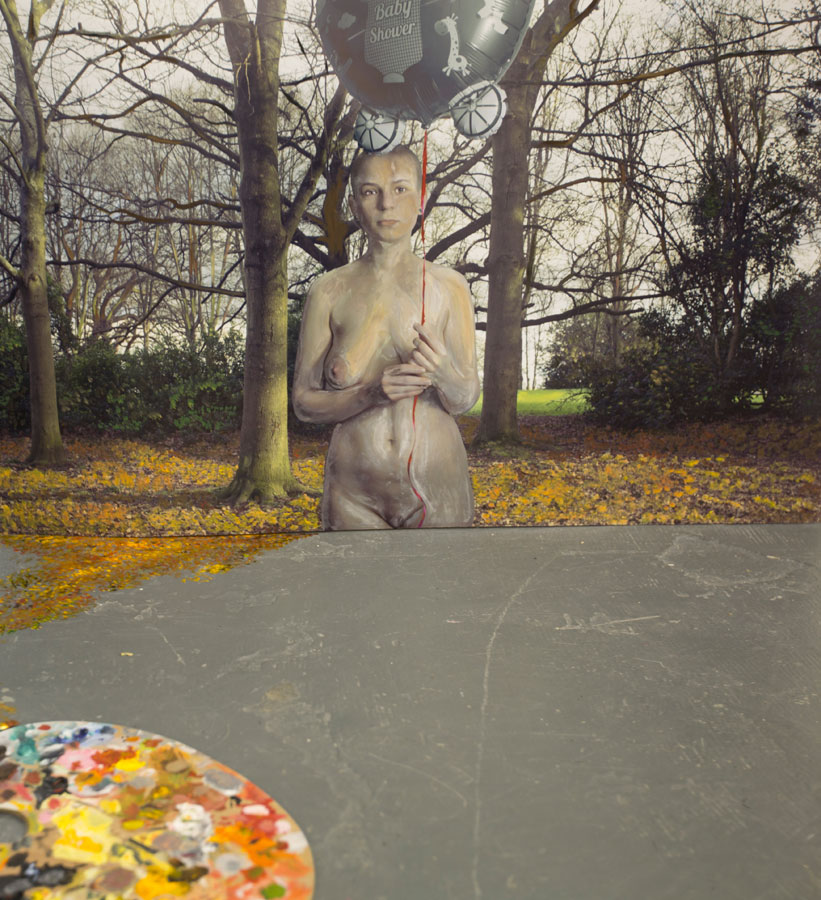
-
Juan Covelli
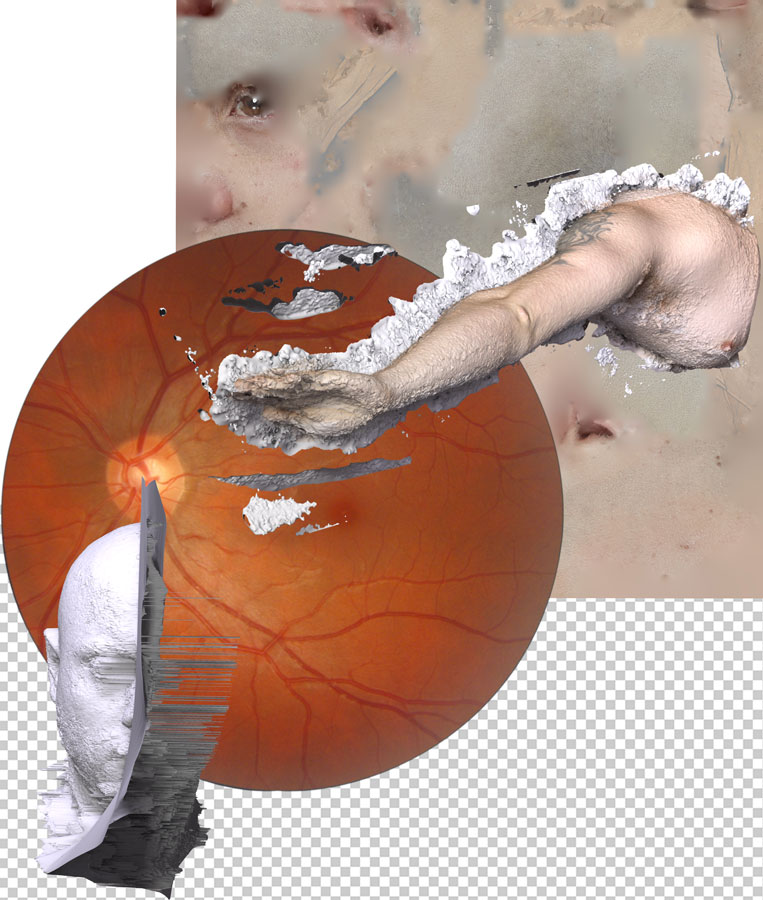
-
Yaoyao Ding
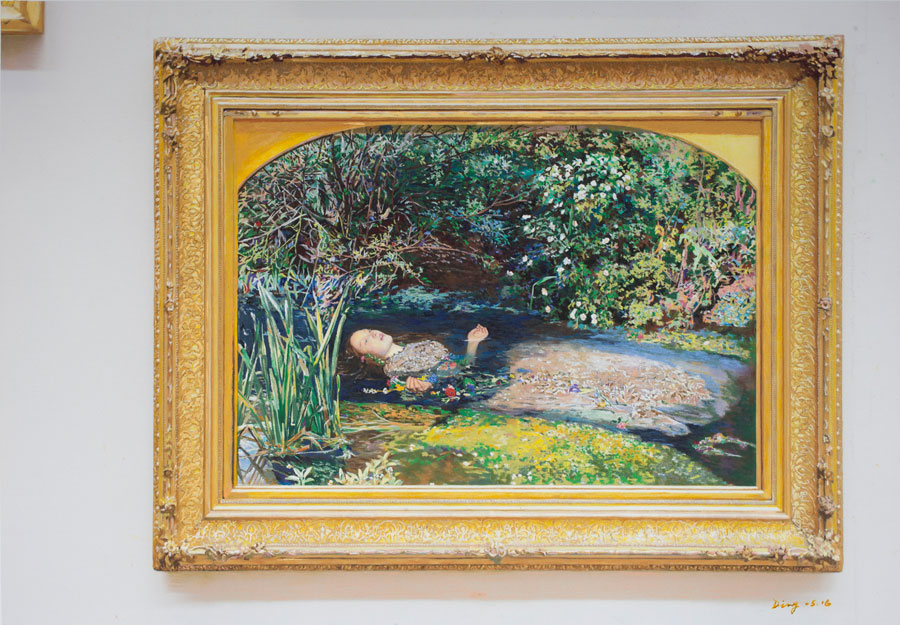
-
Alix Edwards
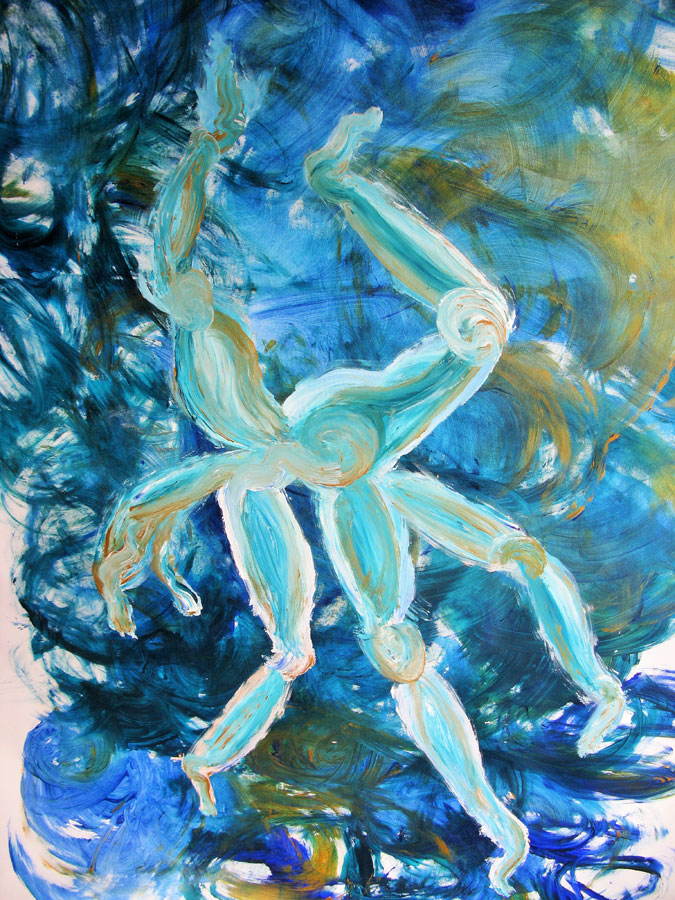
-
Pearlie Frisch
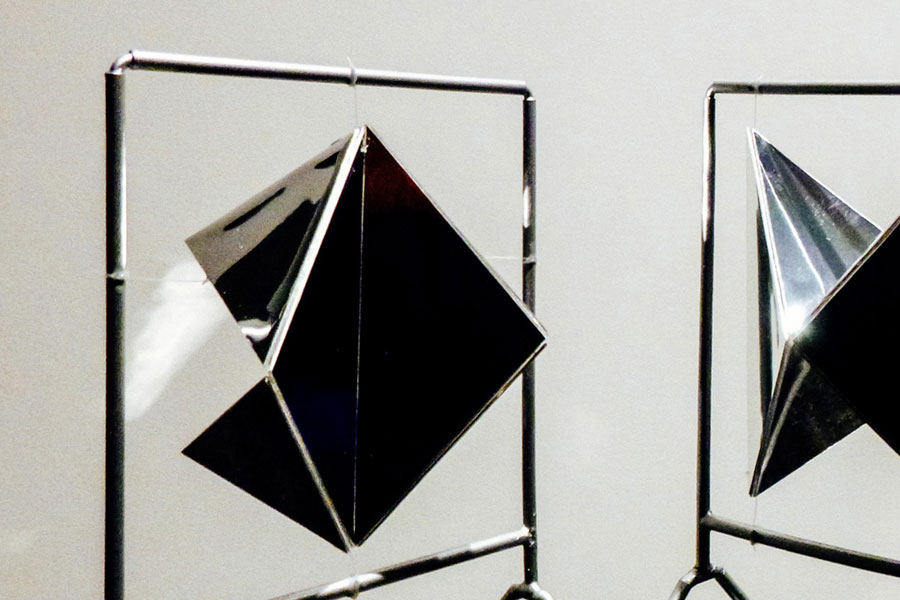
-
María de la O Garrido
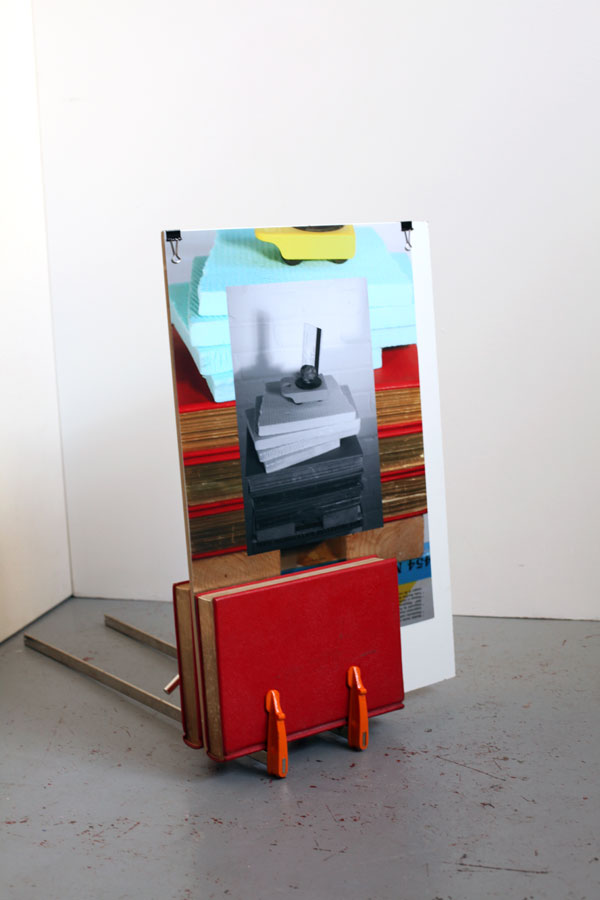
-
Ludovica Girotto
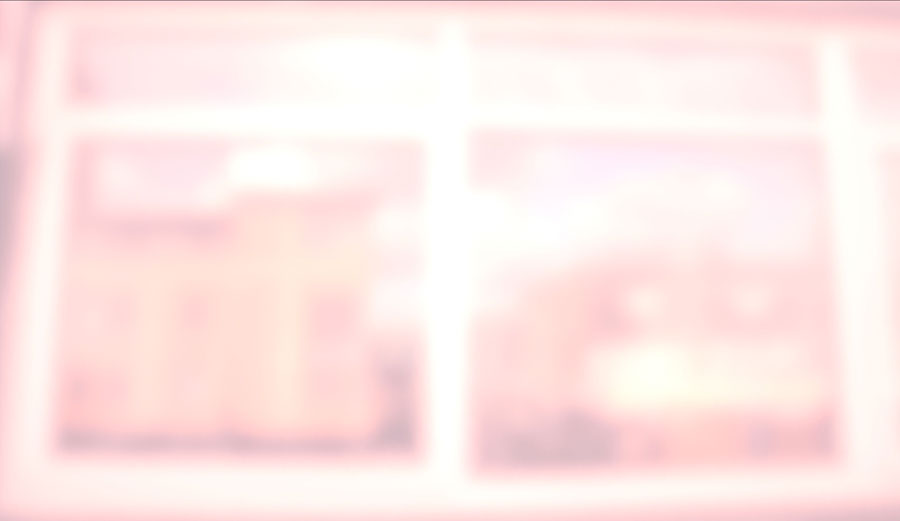
-
Samantha Harvey
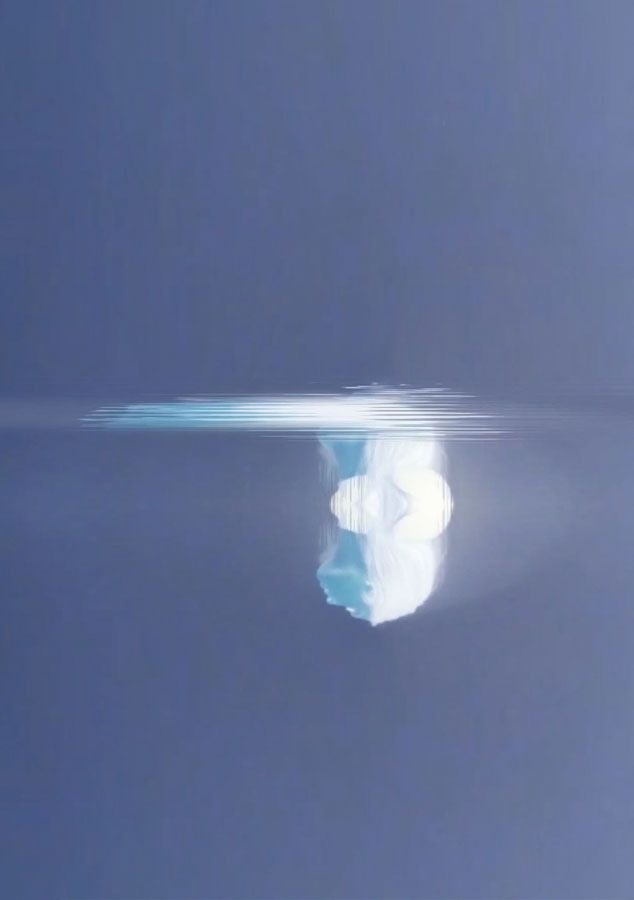
-
Lena Heubusch
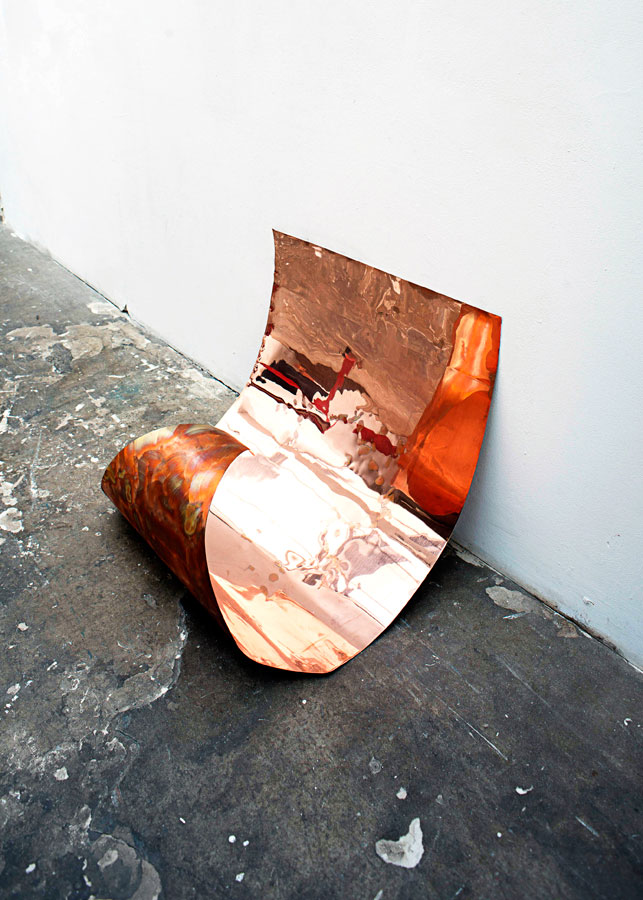
-
Candice Japiassu
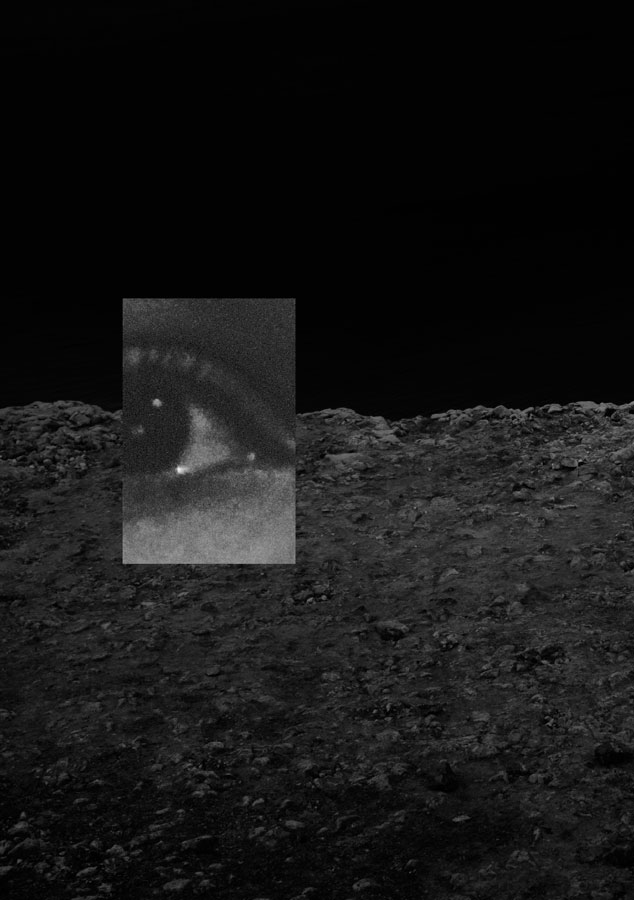
-
Jaramillo Klinkert
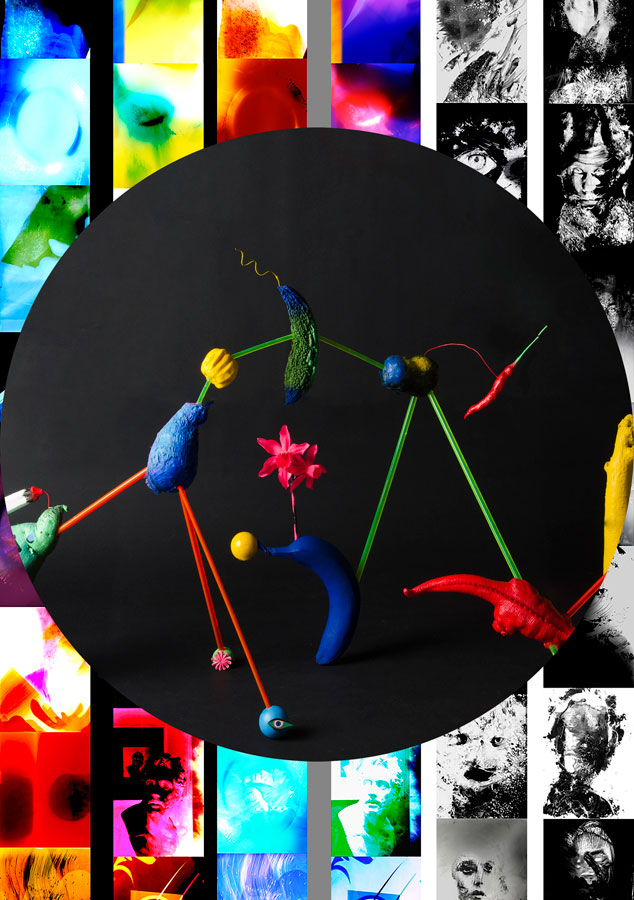
-
Andrew Kiddie
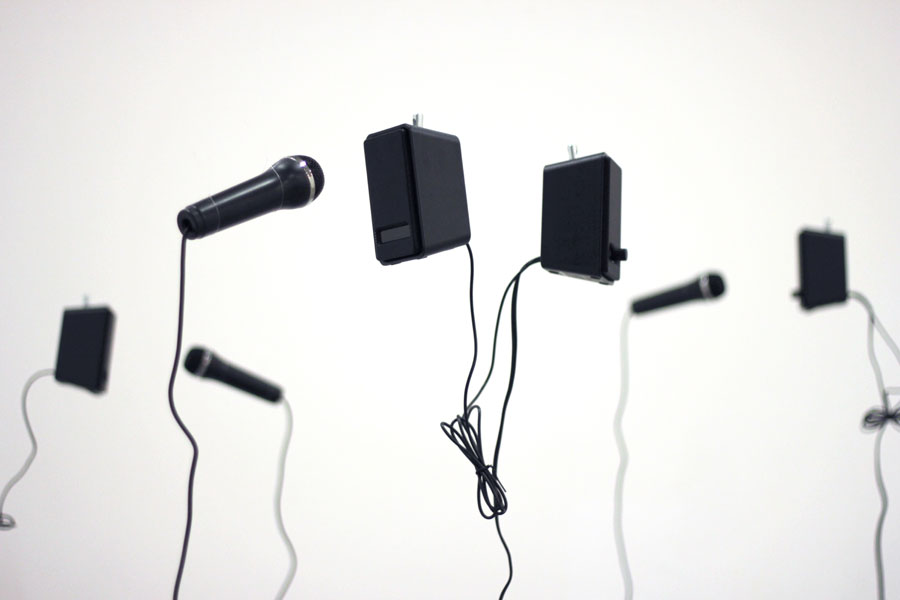
-
Federico Redaelli

-
Stephanie Sant
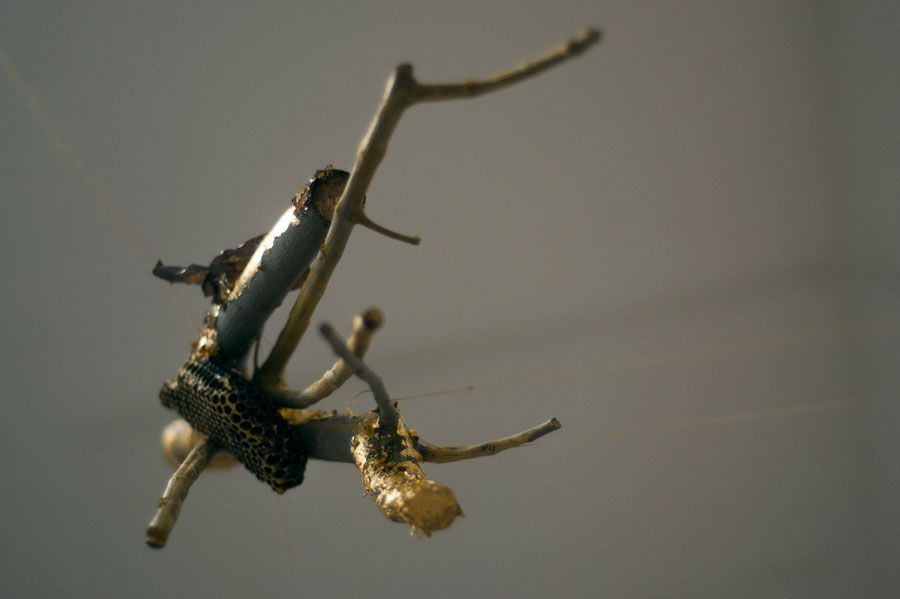
-
Mike Sung
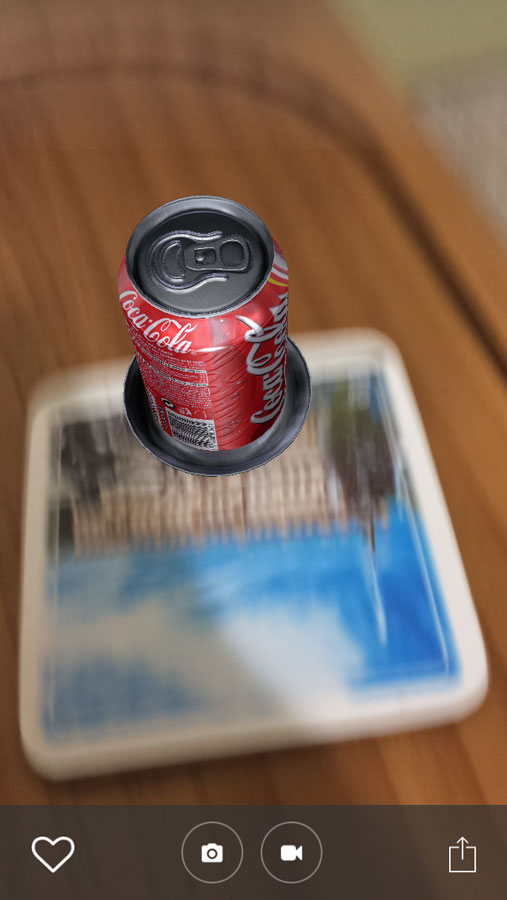
-
Will Webster
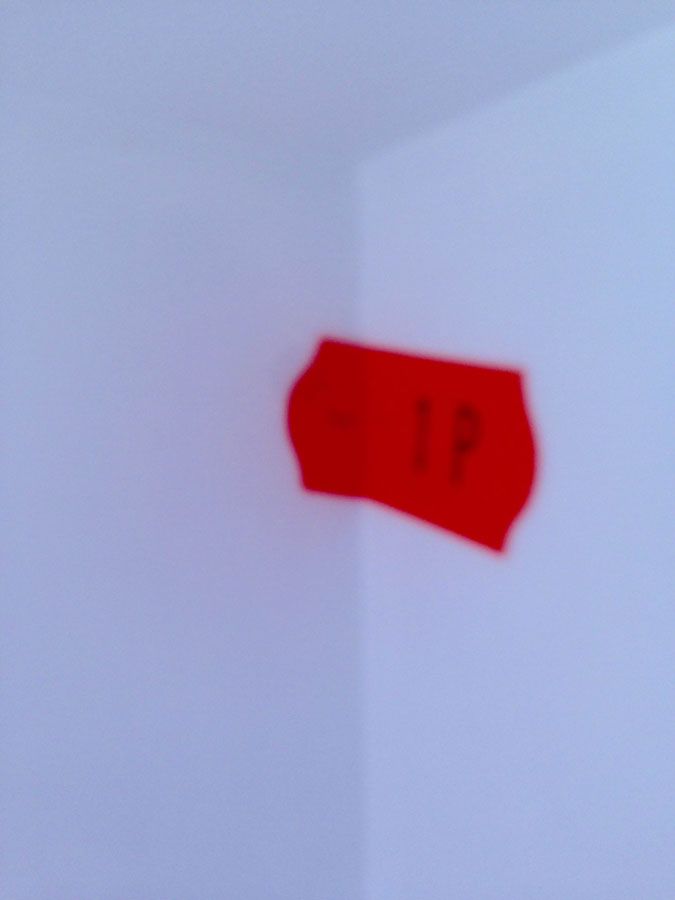
-
Neale Willis
